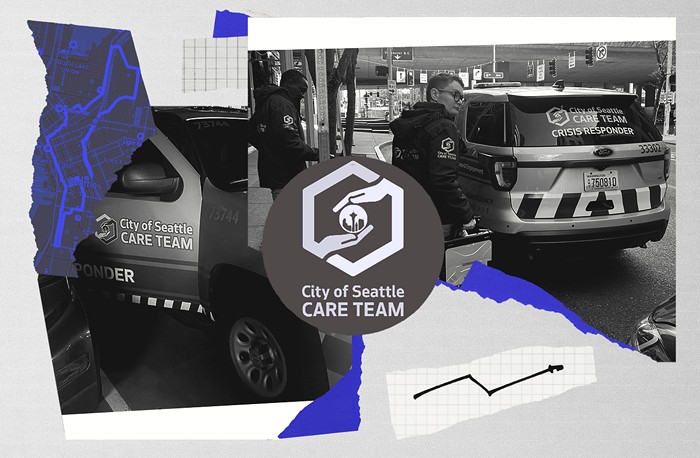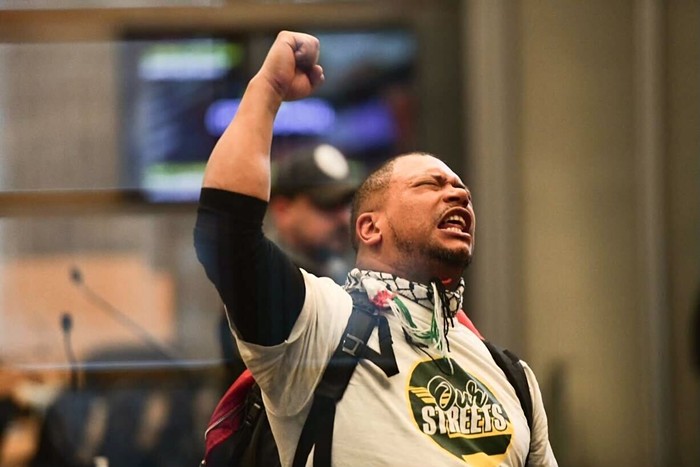"The officers who work here like it because they don't have to work [reputedly crime-ridden areas like] the Hilltop in Tacoma," Stegmeier said. "It's not a drug-trafficked area. There aren't dangerous things you have to do on an everyday-type basis." The captain essentially asserted that the UW is a cozy place for officers, who spend more time taking advantage of the university's academic offerings than they do chasing down muggers or common bicycle thieves.
With rhetoric like that, it's no wonder the department's recent announcement came as an utter shock to every- one. Two weeks ago, the UWPD announced in the college's newspaper that it intended to purchase 10 Colt AR-15 semi-automatic rifles. The rifles are not intended to replace either the shotguns or the .9 mm Glocks that officers already have at their disposal. The guns would be supplemental firepower.
Law-enforcement fans praised the move. The AR-15 has its advantages over the shotgun and the high-caliber Glock. Compared to the shotgun, the rifle has no kickback and doesn't spray pellets in a random fashion. In a tight situation, this is the difference between hitting a target (we'll call it a "dangerous suspect") and hitting the innocent criminal-law student who's making her way to class.
Compared to the Glock handgun, the AR-15 has a longer range. Furthermore, the .223 caliber bullet that the AR-15 uses is smaller and has less penetration power; theoretically, if an officer misses a suspect with a Glock, the heavier, more balanced bullet could tear through a plaster or even brick wall and kill the unsuspecting physics professor on the other side.
Stegmeier doesn't refer to the UW's current campus crime rate, which is jarringly dull. This year's homicide-suicide involving two UW physicians was a major anomaly. There were only three weapons arrests last year, down from seven in 1997. In addition, there were only seven aggravated assaults last year, a statistic that has remained unchanged in recent years. However, Stegmeier does stress the potential need for the weapons in terms of what might happen. The UW captain refers to incidents that have occurred across America, such as the Columbine High School shootings and the insanely armed bank robbers who overpowered L.A. cops a few years back. The UW police, Stegmeier says, don't want to feel helpless.
None of these arguments have impressed the students and faculty who are openly discussing this issue. Various student government bodies, including the graduate student law association, are passing resolutions to oppose the move, using phrases like "dangerous militarization" to express their concerns. Professor Julius Debro, the student-faculty ombudsman to the police department, has only heard complaints--by phone, e-mail, and in person. "I have yet to find anybody who agrees to having AR-15s on campus," he says.
So what happens next? Right now, the UW police are running for cover. The AR-15s haven't been ordered yet, and if the critics get their way, they never will be. "We certainly don't want to be at odds with our community," Stegmeier says. "We don't want to fight our community. We'll have public discussions, public input, and we'll let the public decide what [weapons] they want us to have."


















